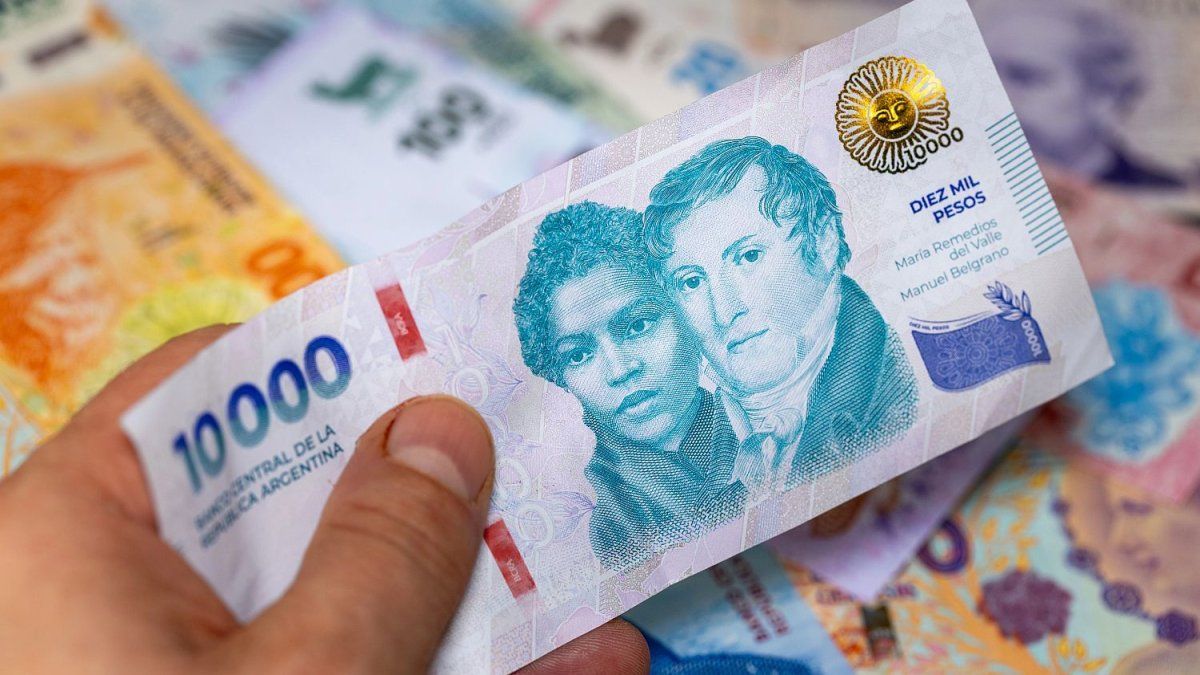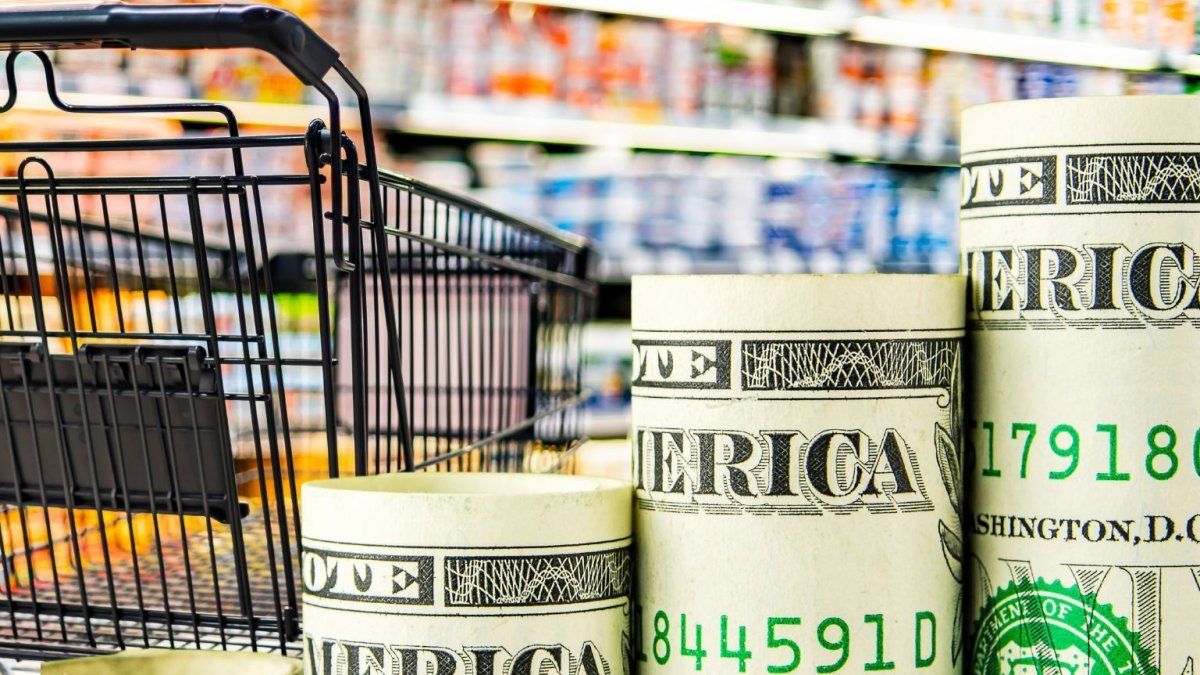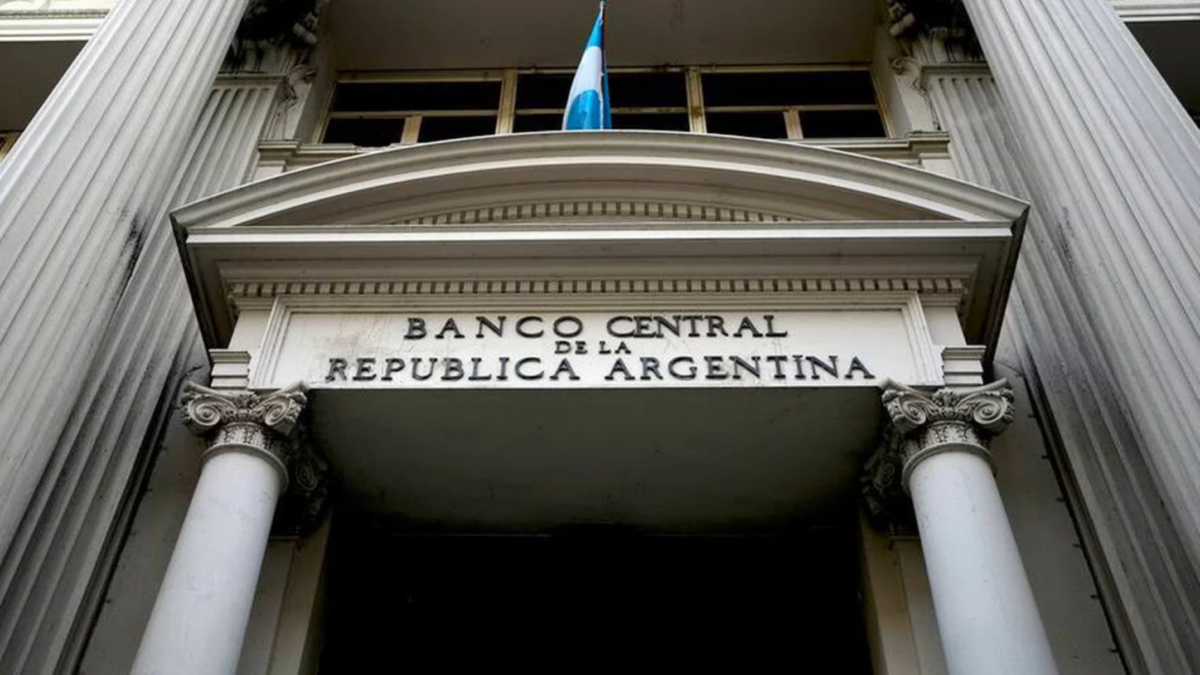The market finished aligning with the inflation pattern that the Government predicted for this year. The prices of financial assets, particularly sovereign debt instruments in pesos, show an implicit expectation for the annual Consumer Price Index (CPI) 18%, the same thing that the Ministry of Economy had reflected in the draft Budget 2025 that was not discussed in Congress.
This is what is known as “breakeven inflation”which is usually assimilated with the implicit projection that investors bet on and which is below what is projected by the consulting firms and banks that participate in the Market Expectations Survey (REM) of the Central Bank. In fact, at the beginning of the month, the BCRA itself published a report in which this disparity was highlighted.
Days later, the latest REM was released: there, the city’s consultants predicted a CPI above 2% until May, when it would reach 1.9%. In addition, they projected accumulated inflation for 2025 of 25.9%.
The truth is that in recent days the compression of the yields of Lecap and Boncap (fixed rate bills and bonds) in the secondary market, which led to a continuation of the decline in “breakeven inflation.”
“Inflation breakeven”: what does the market expect?
Last week, “breakeven inflation” rates began to reflect “that the market is already seeing inflation of 18% in 2025exactly what the Government had estimated in the 2025 Budget project,” highlighted the consultant 1816.
image.png
The breakdown carried out by the consulting firm’s latest report shows that the expectation implicit in investors’ bets marks a average of 1.5% between January and April, 1.4% between May and October, and 1.3% between November and January 2026.
The so-called “breakeven inflation” is nothing more than the calculation of what level of CPI would equal the interest rates of inflation-indexed bonds (Boncer) with those of fixed-rate instruments (Boncap and Lecap), that is, , what level of inflation would equal both investments to current market prices.
Inflation, dollar and expectations
In that sense, a report from SBS Group for his clients he highlighted that the market is betting on a reduction in nominal value. That is, the cut in inflation implicit in quotes is linked to the expectation of a slowdown in other key variables, such as the dollar and interest rates. For example, the Government anticipated that, if December inflation (which INDEC will publish this Tuesday) remains around 2.5%, it will reduce the “crawling peg” from 2% to 1% monthly. And the market hopes that, when that is effective, the BCRA will accompany it with a new rate cut.
“The curves in pesos point to a continuity in disinflation, something that we believe is derived from the favorable expectation in exchange matters. In January, the reduction in the PAIS Tax will surely have an impact on imported goods (as in September 2024) while, following the Government’s statements, the ‘crawling peg’ of the A3500 exchange rate could fall to 1% per month if maintained in December 2024. 2024 inflation levels close to October and November,” the SBS report highlighted.
And he added: “Likewise, although the gap advanced from minimums, it does not exceed 15% and the high-frequency data did not show a strong impact of the 11% rise in the CCL that took place from December 9 to the end of the month. . For all this, “We believe that the inflation scenario discounted in peso curves, although it appears optimistic a priori, could materialize.”
Source: Ambito
I am a 24-year-old writer and journalist who has been working in the news industry for the past two years. I write primarily about market news, so if you’re looking for insights into what’s going on in the stock market or economic indicators, you’ve come to the right place. I also dabble in writing articles on lifestyle trends and pop culture news.




